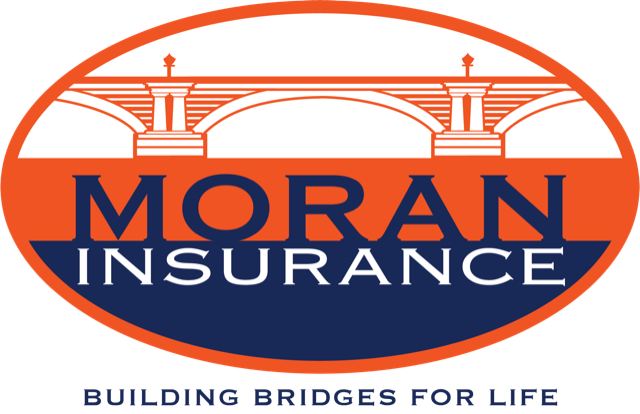
In general, flood insurance is only available through the National Flood Insurance Program (NFIP) run by the Federal Emergency Management Agency (FEMA). A few private insurers offer excess flood insurance.
According to FEMA, floods, including inland flooding, flash floods and seasonal storms, occur in every region of the United States and 90 percent of all natural disasters in the U.S. involve some type of flooding. Even if you do not live in a high-risk area, it is worth looking into flood insurance as more than 20 percent of all flood insurance claims are filed in low-to-moderate flood-risk areas.
Some Facts about Flood Insurance
- Standard homeowners and renters insurance does not cover flood damage: Flood damage is excluded under standard homeowner’s policies, although it is covered under the comprehensive section of a standard auto insurance policy. Only a flood insurance policy, available to homeowners and renters through the federal government, will cover flood-related losses.
- Flood insurance is easy to purchase: Federal flood insurance policies can be purchased directly from an insurance agent or a company representative, and are available to communities that participate in the National Flood Insurance Program. Nearly 100 insurance companies write and service NFIP policies. In order to find an agent or company servicing your area, visit floodsmart.gov or call (888) 379-9531. Flood insurance is available on a replacement cost basis for the structure of the home and on an actual cash value basis for personal property.
- Flood insurance is affordable: The annual premium for a residential NFIP policy starts at $112 per year, according to FEMA, and increases according to the level of flood risk and amount of coverage needed. The maximum coverage amount is $250,000 for the structure of the home and $100,000 for the contents of the home.
- There is a 30-day waiting period before a flood insurance policy takes effect, so don’t wait until the last minute to purchase it.
- It is easy to assess your flood risk: More than 20,000 communities in all 50 U.S. states and territories voluntarily participate in the NFIP, encompassing nearly all properties in the nation’s high-risk flood zones. Enter your address in the FloodSmart Tool to determine your level of flood risk.
- Excess flood insurance policies add an extra layer of coverage: A growing number of private insurers have begun offering excess flood policies, intended to provide water damage protection to homeowners over and above the coverage provided by the NFIP policies.
- Without insurance, relief from floods primarily comes in the form of loans: If your community is declared a disaster area, no-interest or low-interest loans are usually made available by the federal government as part of the recovery effort. These loans are just that—loans—and must be paid back. Obtaining a flood insurance policy is the only way to protect yourself fully from the cost of flooding.


